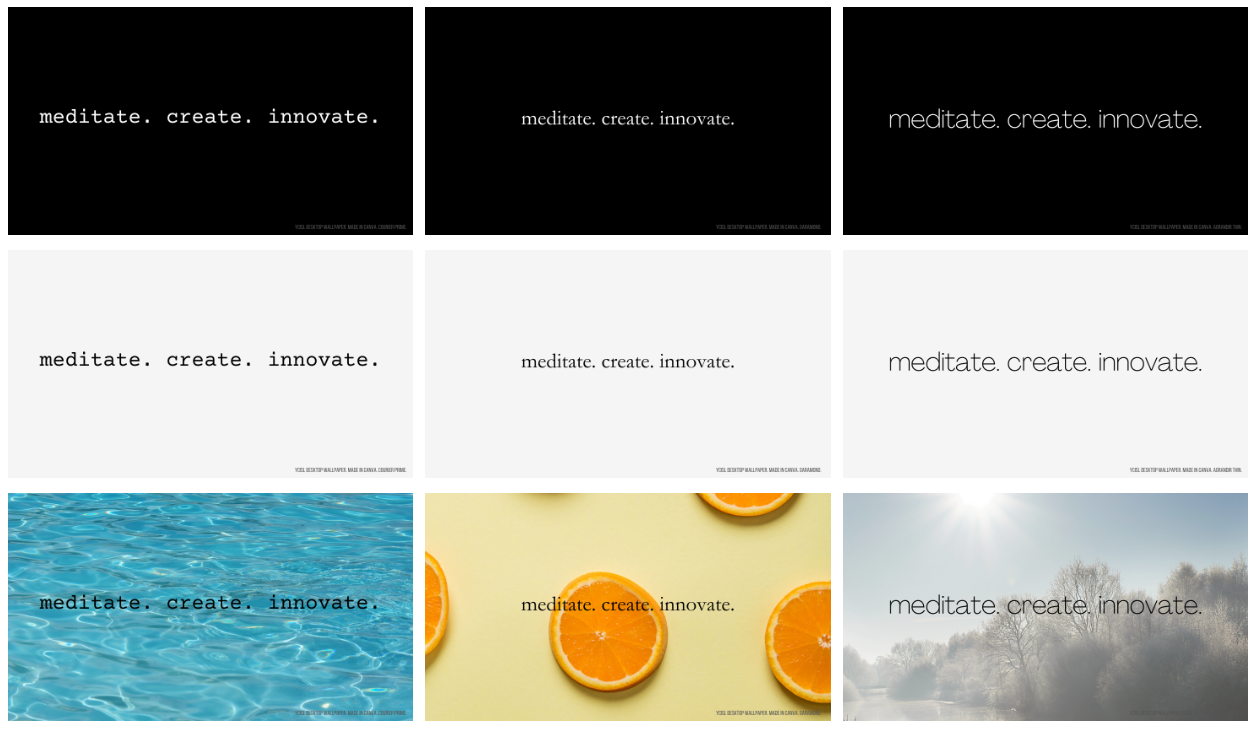The DezignBläst Projects
Thursday, April 11th, 2024A couple of days ago, I uploaded the syllabus for Summer Quarter 2024 CEE 176G/276G Sustainability Design Thinking onto syllabus.stanford.edu. For that syllabus, I included a section on the design projects in the course. This was based on the design of and experiences with the project assignments in Summer 2023 and Winter 2024. The descriptions are intentionally brief and written in an academic bulletin style.
Design Project 1: Independent Project. Emphasis on learning the systematic design thinking process, & changing human behavior. Ideation and design of a single product to influence an individual’s sustainability behavior & mindset. Delivery of a presentation & spec sheet.
Design Project 2: Team Project. Emphasis on supporting programs & initiatives that promote sustainable behaviors within a community. Ideation & prototyping of a space, service, activity or program. Involves interacting with others using interviews & surveys to identify opportunities & resources. Delivery of a presentation & spec sheet.
Design Project 3: Independent or Team Project. Emphasis on sustainability in the future. Design using anticipation of needs & innovative technologies in the future. Involves rapid prototyping & human-centered storytelling. Delivery of a presentation & spec sheet.
I like to think there is YCISL-style design thinking in these concept statements about the assignments. The Who? element is answered by the words “Independent” or “Team.” The Emphasis Areas summarily describe the What? of the course content. The When? is subtle in that we specify “future” in Design Project 3 leaving the other projects more in the now. And the deliverables of the presentation and spec sheet give us the How? the design thinking journey will be communicated for evaluation. Hopefully, the When? & Why? are apparent from the teaching part of the class.
This is just further evidence that design thinking (as well as emotional intelligence) is essential to teaching design. I feel it helps me in building courses that are consistent with Stanford’s reputation for entrepreneurship and innovation. Should design thinking perhaps be a component of teacher education? I’ve always wanted to try a teacher workshop for the YCISL creativity program.

 In 2021, students in the YCISL Design Thinking Incubator workshop series were given the context of a design thinking firm with a Design Innovation Division in which they were interns. Their task was to produce concept proposals along a Sustainable Futures Initiative theme that would be vetted internally for potential presentation to prospective clients. This fictional design firm’s name was DezignBläst.
In 2021, students in the YCISL Design Thinking Incubator workshop series were given the context of a design thinking firm with a Design Innovation Division in which they were interns. Their task was to produce concept proposals along a Sustainable Futures Initiative theme that would be vetted internally for potential presentation to prospective clients. This fictional design firm’s name was DezignBläst. This week, I participated as a volunteer mock interviewer for high school students in Career Technical Education programs offered through the Sequoia Union High School District. I met with 7 students in total that day. We practiced engaging in a discussion about skills and experience as well as reviewing a resume.
This week, I participated as a volunteer mock interviewer for high school students in Career Technical Education programs offered through the Sequoia Union High School District. I met with 7 students in total that day. We practiced engaging in a discussion about skills and experience as well as reviewing a resume. I have an idea for a YCISL Divergent-Convergent Thinking Exercise. Along with DCT, this exercise also involves brainstorming, rapid prototyping, fast thinking, design thinking, creativity and eq. We could also add an elevator pitch component with storytelling and your personal story elements.
I have an idea for a YCISL Divergent-Convergent Thinking Exercise. Along with DCT, this exercise also involves brainstorming, rapid prototyping, fast thinking, design thinking, creativity and eq. We could also add an elevator pitch component with storytelling and your personal story elements.